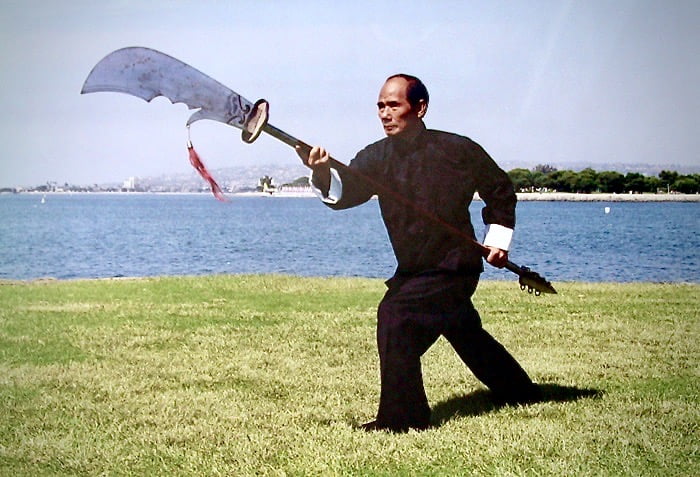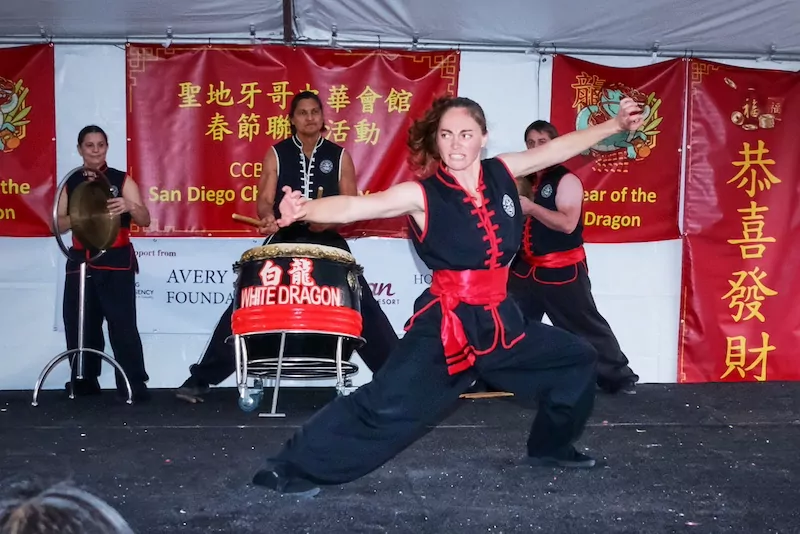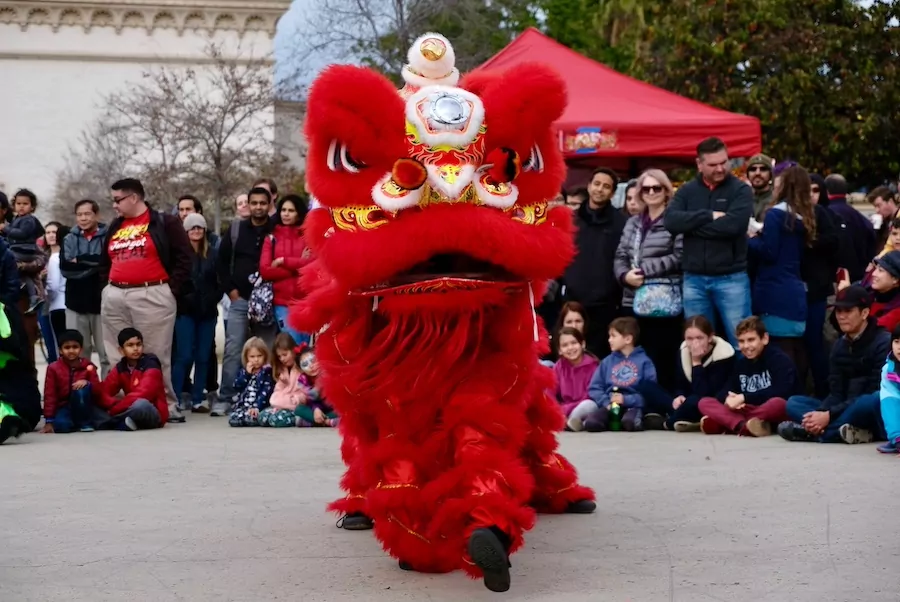The White Dragon School Blog

Training for Life – Tai Chi Footwork
This article originally appeared in the July 1991 issue of Inside Kung Fu Magazine, “Training for Life” by Grandmaster Doc-Fai Wong.
Although footwork is a critical part of correct Tai Chi Chuan practice, many people overlook even basic footwork principles. This should not happen, whether tai chi is practiced only for health or as a martial art and health combination. Correct footwork makes anyone’s form more meaningful. Without it, your tai chi is no more than just a dance.
Correct footwork starts with the old tai chi saying that “All movement starts at the same time and stops at the same time.” This means that when you start to move into another posture, for example from brush knee to another brush knee, your feet, hands, waist, and weight shift all begin moving at the same time. When you finish the movement, your feet, hands, waist and weight shift all end at the same time. If you don’t time your footwork and weight shift to match your hands, your arms and hands are operating on their own. They are no longer connected to your body movements and energy. The key to perfect timing is the footwork. Tai chi is one of few martial arts where footwork actually precedes the rest of the body movements. This keeps the body’s weight directly over its center of gravity, allowing maximum balance and coordination throughout the tai chi movement.
Since you must step out before your weight shifts, arm movements also pause to allow the feet to position themselves. Now, the body action, which started simultaneously, can end at the same time, with all parts stopping simultaneously.
In brush knee, for instance, after your waist turns, carrying the knee brushing arm to a 45-degree angle and the other arm circling to a position next to your ear, everything stops until your forward leg reaches out and the heel touches the ground. Then your weight shifts forward as your hands finish their movements. Without that pause allowing your footwork to precede the hand movements and weight shift, your body weight would extend out your center of gravity, making you step down awkwardly into a double weighted position.
That brings us to another important part of tai chi footwork—empty, full, and double weighted. Empty and full footwork describes having all of the body weight over one leg at a time while changing postures. Double weighted means the body weight is distributed unevenly between the feet and away from your center of gravity as you move.
The theory of empty and full footwork has practical significance. If you keep your weight concentrated over your center of gravity and balance, you’ll have better balance and mobility than the person who lets his body lean to the front or rear of his center of gravity.
Keeping your body weight in a straight line over your supporting leg also ensures a straight spine. Since chi is transported through the spine on its way to body extremities, it requires a straight relaxed back for smooth, even chi flow.
With the exception of raised heel or toe stances, such as stork spreads its wings or play the fiddle, your feet should be approximately a shoulder’s width apart.
Imagine three lines extending in front of you. Your left foot is on line one. The right foot is on line three, while line two lies centered between number one and three. As you move forward, your feet should be on lines one and three. Outside those lines is too wide, and inside too narrow. Use line number two only for raised toe or heel stances.
Determine the correct length of stance for your size by stepping out as far forward as comfortably possible, while keeping your back straight. If your stance is too long, you’ll have to drag your back foot to take a step forward. Dragging the foot at any time is incorrect. Tai chi footwork is based on lively footwork. Remember, lively footwork allows better mobility and speed in fighting situations.
If your stance is too short, the knee of your forward leg will probably extend beyond the first toe of the same foot. Not only is this unbalanced, but that knee will probably get sore from too much pressure and strain on the front of the patella (kneecap). Avoid extending the knee past the toe.
All pivots in tai chi footwork should be done on the heel, not the toe. Let’s say you want to change the direction of your back foot from a 90-degree angle to a 45-degree angle. If you pivot on your toe, you will have lengthened your stance by pushing the heel of your back foot outward. Now your stance is probably too long. Worse than that, by pivoting on your toe, you have also turned your knee inward, putting too much pressure on the inside lateral ligament. Besides giving you an unstable stance, this will soon cause pain to the inside of your knee. When you pivot on your heel, you maintain balance and stability without changing your knee position.
Knees also play an important role in correct tai chi footwork. No one should ever experience pain during tai chi practice. If you have knee pain, it means your stances are not correct.
Both knees should turn slightly outward. This is accomplished by turning your hips outward as you finish each stance and shifting your weight forward. Your front foot should turn inward about 20 degrees. Turning the forward foot inward helps keep that leg’s knee turned outward and provides a stronger, more stable stance. When you turn both knees outward, your kneecaps stay correctly aligned without stressing the lateral ligaments, which hold the patella in place. Turning the knees outward also helps strengthen your thighs and calves, which helps keep the kneecap in place.



















6 Comments
Wow! Awesome article! A lot of great details to focus on for a beginning taichi student like myself. Thanks for sharing!
There’s a lot of great information here for beginning and advanced tai chi students alike. Thanks for your comment!
Great blog! definitely implementing these details in my tai-chi.
Thanks Odalys! Grandmaster’s articles have always helped up become better practitioners of both tai chi and Kung Fu!
Do you have a video on tai chi footwork exercises?
[…] concentrate on stepping out with the foot softly and practice shifting your weight slowly from one foot to the other. You will also want to […]